White Goods Recycle in Garage Clearance

Understanding White Goods Recycling
White goods, including refrigerators, washing machines, dryers, and dishwashers, are essential household appliances that often end up cluttering garages during clearances. Proper recycling of these items not only helps in decluttering your space but also contributes to environmental sustainability.
Recycling white goods involves several steps, from collection and transportation to processing and repurposing materials. By choosing to recycle, you ensure that valuable resources are recovered and waste is minimized.
Environmental benefits of recycling white goods include reducing landfill waste, conserving natural resources, and lowering greenhouse gas emissions. Additionally, many components of white goods can be reused or repurposed, further enhancing their value.
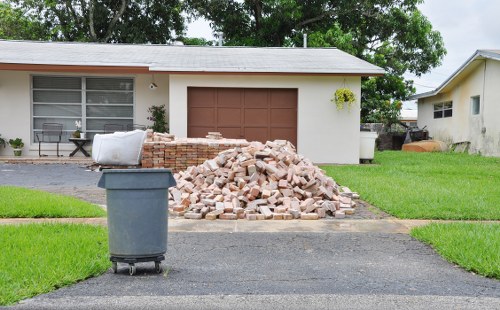
Benefits of Recycling White Goods
Environmental Advantages
Recycling white goods significantly reduces the amount of waste that ends up in landfills. Appliances often contain harmful substances such as refrigerants and heavy metals, which can contaminate soil and water if not properly managed.
By recycling, you help conserve natural resources like steel, copper, and plastic, which are commonly used in these appliances. This conservation effort reduces the need for raw material extraction, saving energy and minimizing environmental impact.
Furthermore, recycling processes often consume less energy compared to manufacturing new appliances from scratch, leading to a decrease in overall carbon footprint.
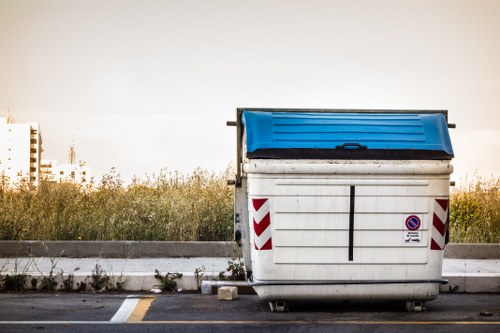
Steps to Recycle White Goods During Garage Clearance
1. Assess and Sort
Begin by assessing the condition of your white goods. Determine which items are still functional and which need to be recycled. Sorting helps in identifying the appropriate recycling methods for each appliance.
2. Find a Recycling Facility
Locate a certified recycling facility that specializes in handling white goods. Ensure that the facility follows environmental guidelines and properly disposes of hazardous materials.
3. Schedule Pickup or Drop-Off
Arrange for the transportation of your appliances to the recycling center. Many facilities offer pickup services, especially for large items that are difficult to transport.
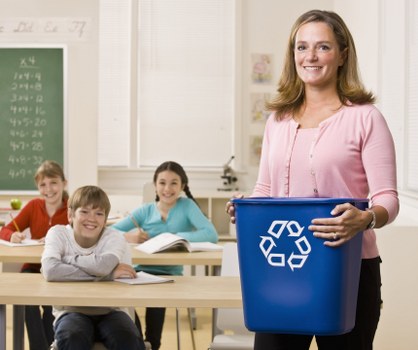
Choosing the Right Recycling Service
Local vs. National Providers
When selecting a recycling service, consider whether a local provider or a national company best suits your needs. Local providers may offer more personalized services, while national companies might have more extensive resources.
Cost and Convenience
Compare the costs associated with different recycling services. Some companies offer free recycling for certain appliances, while others may charge a fee based on the size and type of the item.
Reputation and Certification
Ensure that the recycling service you choose has a good reputation and the necessary certifications. Certified recyclers adhere to strict environmental standards, ensuring that your appliances are handled responsibly.
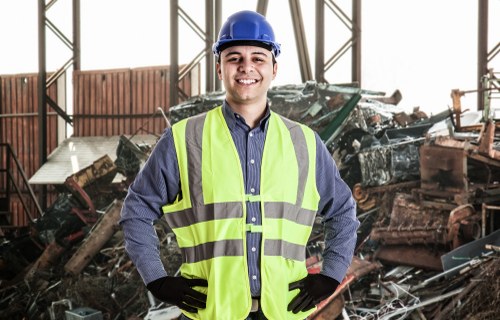
Maximizing Efficiency in Garage Clearance
Plan Ahead
Effective garage clearance starts with planning. Make a list of all white goods and other items you wish to remove. Scheduling specific times for sorting and recycling can streamline the process.
Donate or Sell
If some appliances are still functional, consider donating them to local charities or selling them through online marketplaces. This not only helps others but also reduces the number of items you need to recycle.
Proper Disposal of Non-Recyclable Items
For items that cannot be recycled, ensure they are disposed of properly. Check with your local waste management authorities for guidelines on disposing of electronic and appliance waste.
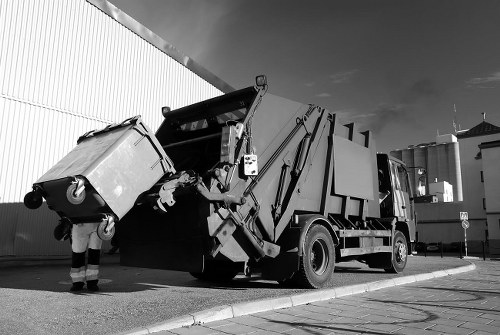
Environmental Impact of Improper Disposal
Improper disposal of white goods can lead to severe environmental consequences. Appliances often contain refrigerants like CFCs, which are harmful to the ozone layer and contribute to global warming.
Heavy metals such as lead and mercury found in some appliances can contaminate water sources, posing health risks to humans and wildlife. Ensuring proper recycling prevents these substances from entering the ecosystem.
Additionally, valuable materials like metals and plastics are wasted when appliances are not recycled, leading to increased demand for virgin materials and further environmental degradation.
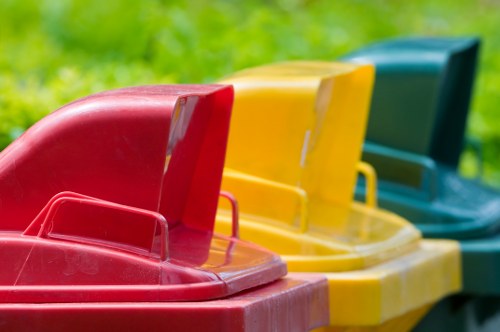
Legal Regulations and Guidelines
Understanding Local Laws
Different regions have varying laws and regulations regarding the disposal and recycling of white goods. It's essential to familiarize yourself with local guidelines to ensure compliance and avoid potential fines.
Manufacturer Take-Back Programs
Many appliance manufacturers offer take-back programs, allowing consumers to return old appliances for recycling. These programs often provide incentives, such as discounts on new purchases.
Extended Producer Responsibility (EPR)
EPR policies hold manufacturers accountable for the entire lifecycle of their products, including end-of-life disposal. Understanding EPR can help you make informed decisions about recycling and disposal.
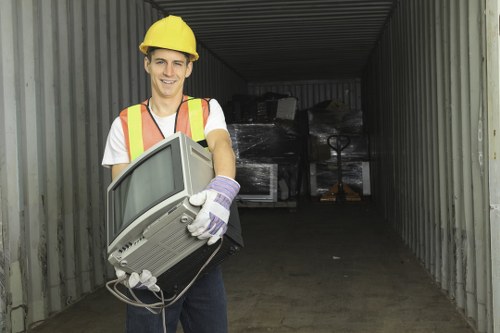
Innovative Recycling Technologies
Advanced Material Recovery
Modern recycling facilities use advanced technologies to efficiently recover materials from white goods. Automated sorting systems and chemical processes enhance the purity and quality of recovered materials.
Energy Recovery
Energy recovery methods, such as incineration with energy capture, allow for the extraction of usable energy from non-recyclable parts of appliances, further reducing environmental impact.
Upcycling and Repurposing
Upcycling transforms old appliances into new products, extending their lifecycle and reducing waste. Creative repurposing ideas can also give old white goods a new function, benefiting both the environment and the community.
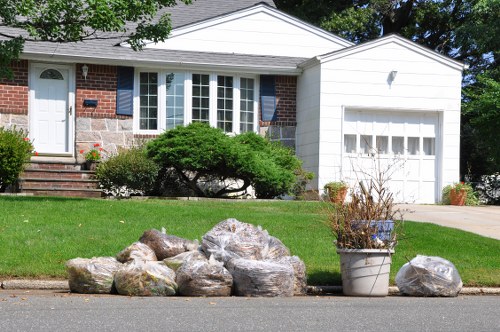
Community Initiatives and Support
Local Recycling Programs
Many communities offer local recycling programs specifically for white goods. Participating in these programs supports local sustainability efforts and ensures that your appliances are recycled responsibly.
Educational Campaigns
Educational initiatives raise awareness about the importance of recycling white goods. These campaigns provide valuable information and resources to help individuals make environmentally conscious decisions.
Partnerships with Nonprofits
Collaborations between recycling centers and nonprofit organizations can enhance the effectiveness of recycling efforts. These partnerships often focus on community engagement and sustainable practices.

Cost-Effective Solutions for Recycling
Utilizing Tax Benefits
Some regions offer tax incentives for recycling white goods, helping to offset the costs associated with disposal. Researching available tax benefits can make recycling more affordable.
Bulk Recycling Discounts
Recycling multiple appliances at once may qualify you for bulk discounts. Coordinating the recycling of several items during garage clearance can reduce overall expenses.
DIY Recycling Methods
For those who prefer a hands-on approach, certain aspects of recycling can be done independently. Safely removing and preparing appliances for recycling can save money and provide a sense of accomplishment.
Future Trends in White Goods Recycling
Increased Automation
The future of white goods recycling lies in increased automation and the integration of AI to enhance sorting and material recovery processes. These advancements promise higher efficiency and greater material purity.
Sustainable Design
Manufacturers are increasingly designing appliances with recycling in mind, using materials that are easier to separate and reuse. Sustainable design reduces the complexity of recycling and improves overall environmental impact.
Global Recycling Networks
Establishing global recycling networks can streamline the recycling process, allowing for the exchange of materials and best practices across borders. This collaboration can lead to more effective and sustainable recycling solutions.
Conclusion
Recycling white goods during garage clearance is a crucial step towards environmental sustainability and efficient space management. By understanding the benefits, following proper recycling steps, and choosing the right services, you can make a positive impact on both your home and the planet.
Embrace recycling as a responsible practice and contribute to a greener future. Contact us today to learn more about our recycling services and how we can assist you in your garage clearance needs.